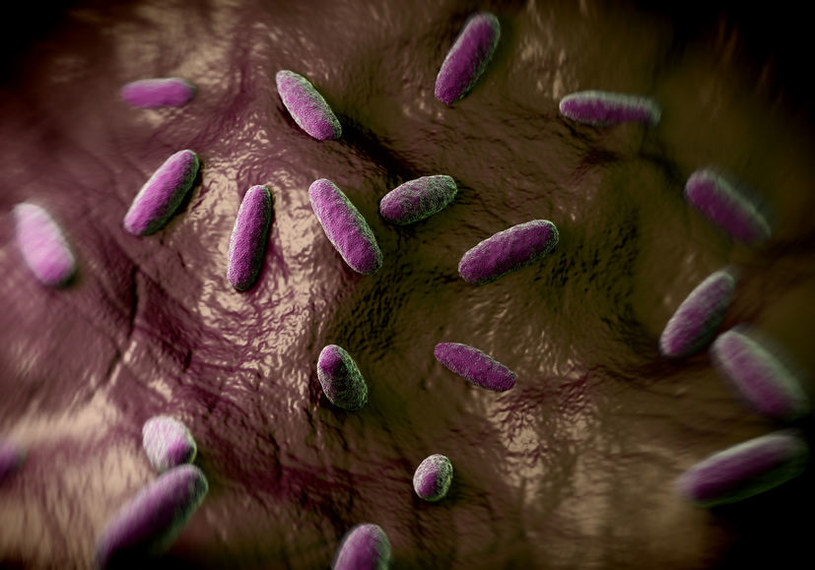- 6 February 2024
- 156
Small Pets are Delightful, But Some Carry Dangerous Bacteria

Introduction
Small pets, such as turtles, iguanas, and frogs, are often cherished companions in households, especially among families with children. However, beneath their charming exteriors lies a hidden danger: the potential transmission of Salmonella bacteria. Understanding the risks associated with these pets and implementing preventive measures is crucial for safeguarding the health and well-being of your family.
Delving into the Salmonella Threat
- Reptiles and amphibians, including turtles and frogs, commonly harbor Salmonella bacteria in their digestive tracts.
- These bacteria can be shed in their feces and contaminate their skin, habitats, and surroundings, posing a risk to human health.
Identifying Symptoms
- Symptoms typically manifest as gastrointestinal distress, including diarrhea, fever, and abdominal cramps.
- In severe cases, individuals may experience bloody diarrhea, high fever, nausea, and vomiting.

Understanding Vulnerable Groups
- Children under the age of 5, elderly individuals, pregnant women, and those with weakened immune systems are at higher risk of developing severe complications from Salmonella infection.
- Individuals with chronic illnesses, such as diabetes or HIV/AIDS, should exercise particular caution.
Exploring Transmission Routes
- Salmonella can spread through direct contact with contaminated pets, their feces, or contaminated surfaces.
- Ingestion of contaminated food, water, or hand-to-mouth contact after handling pets are common routes of transmission.

Preventive Measures
- Promote Hand Hygiene: Encourage regular handwashing with soap and water, especially after handling pets or cleaning their habitats.
- Supervise Interactions: Monitor children’s interactions with pets closely, ensuring they refrain from kissing or snuggling them.
- Practice Proper Cleaning: Use designated cleaning supplies for pet habitats, avoiding cross-contamination with kitchen utensils or surfaces.
- Educational Outreach: Educate family members, particularly children, about the importance of hand hygiene and safe pet handling practices.
Medical Attention
- If symptoms of Salmonella infection develop, particularly in vulnerable individuals, seek medical advice promptly.
- Severe symptoms such as high fever, persistent diarrhea, or signs of dehydration warrant immediate medical attention.

Pet Safety Recommendations
- Consider the suitability of high-risk pets like turtles and frogs for your household, especially if you have young children or immunocompromised individuals.
- Opt for pets with lower risk profiles, such as dogs and cats, to minimize the likelihood of Salmonella transmission.
Embracing Public Health Initiatives
- Stay informed about public health advisories regarding pet-related outbreaks and follow guidelines issued by health authorities.
- Report suspected cases of Salmonella infection linked to pet exposure to local health departments or veterinary professionals to facilitate appropriate interventions. Explore other health Problems
Conclusion
While small pets can bring joy and companionship to families, it’s essential to recognize and mitigate the potential health risks they pose. By understanding the complexities of Salmonella transmission and proactively implementing preventive measures, you can enjoy the benefits of pet ownership while prioritizing the health and safety of your loved ones. Stay vigilant, stay informed, and cultivate a healthy environment for both your family and your cherished pets.
By adhering to these comprehensive guidelines, you can foster a safe and enriching bond with your pets while minimizing the risk of Salmonella infection within your household.

